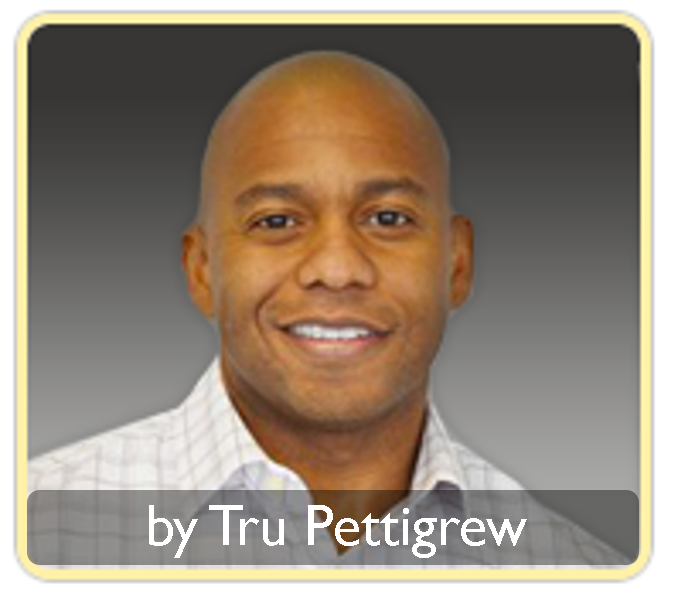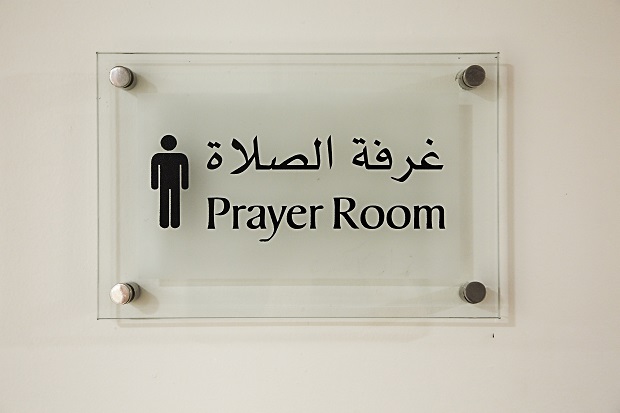
Last week, we introduced our feature series titled “#StayWoke… Live Inclusively.” We’ll use this series to highlight and explain concepts and theories that are central to allyship in the work of social justice, diversity and inclusion, and organizational development. Today’s post focuses on identity groups, dominant and non-dominant groups, and “othering.”
Social justice is work that is concerned with correcting societal inequities and oppression. As defined in the previous post, “staying woke” is the process of digging deeper into systemic and structural inequities and becoming an ally to marginalized groups by understanding and utilizing privilege, power, and solidarity. Social Justice work is the work of staying woke, and it is the work of Diversity and Inclusion, in and outside of the work place.
So, what’s the first step? We have to look at the building blocks of our social fabric: identity groups. Identity groups are made up of people who share some common culture, creed, interest, or preference. Group membership could be based on race, gender, sexuality, political affiliation, geographical location, education, or various other social identifiers. Being a part of an identity group may be intentional or unintentional, depending on the membership criteria. (Take a look at the checklist from the last series on cultural identity to think more deeply about some of the identity groups to which you might belong.)
Whether or not the identity groups we belong to actually say much about who we understand ourselves to be, they do matter. They affect how we walk through the world on a daily basis and how we interact with one another.
Some identity groups carry with them privilege and power. Their cultural, social practices are considered to be the norm regardless of the relative size of this group, and therefore any other practices or ways of being are considered different or “other.” The privilege of being a part of the normative group rather than being the “other” is the privilege of always being included. It is the privilege of not thinking about or questioning your presence and voice in normative spaces.
Dominant groups have a history of “othering” non-dominant groups, sometimes by perpetuating their social and cultural norms instead of being inclusive and sometimes by violently defending them. Identity groups don’t just identify us with those who are similar to us; they identify us in relation to another person, another group, and another social identity. I am, and they are… I have, and they don’t… I do, and they don’t… See some examples of identity groups in the United States below:
| Dominant Group | Non-Dominant Group | |
| Race | White | People of Color |
| Gender (identity) | Man (cisgender) |
Woman (Cisgender), Transgender man, Transgender woman |
| Nationality | Citizen | Immigrant |
| Sexuality | Straight | Lesbian, Gay, Bi |
| Religion | Christian | Muslim (and other non-Western religions) |
We will get back to privilege, and specifically Whiteness, later in this series, but for now, think about the identity groups you belong to and whether or not they are dominant or non-dominant groups. Most likely you belong to some dominant and some non-dominant, and your identity groups likely overlap. The questions and implications surrounding overlapping, or intersectional, identity groups become more complicated. That is okay. The hope is that we look out from our points of privilege, from the places where we are a part of the normative culture, and ask ourselves whether we are “othering” or being inclusive.


















